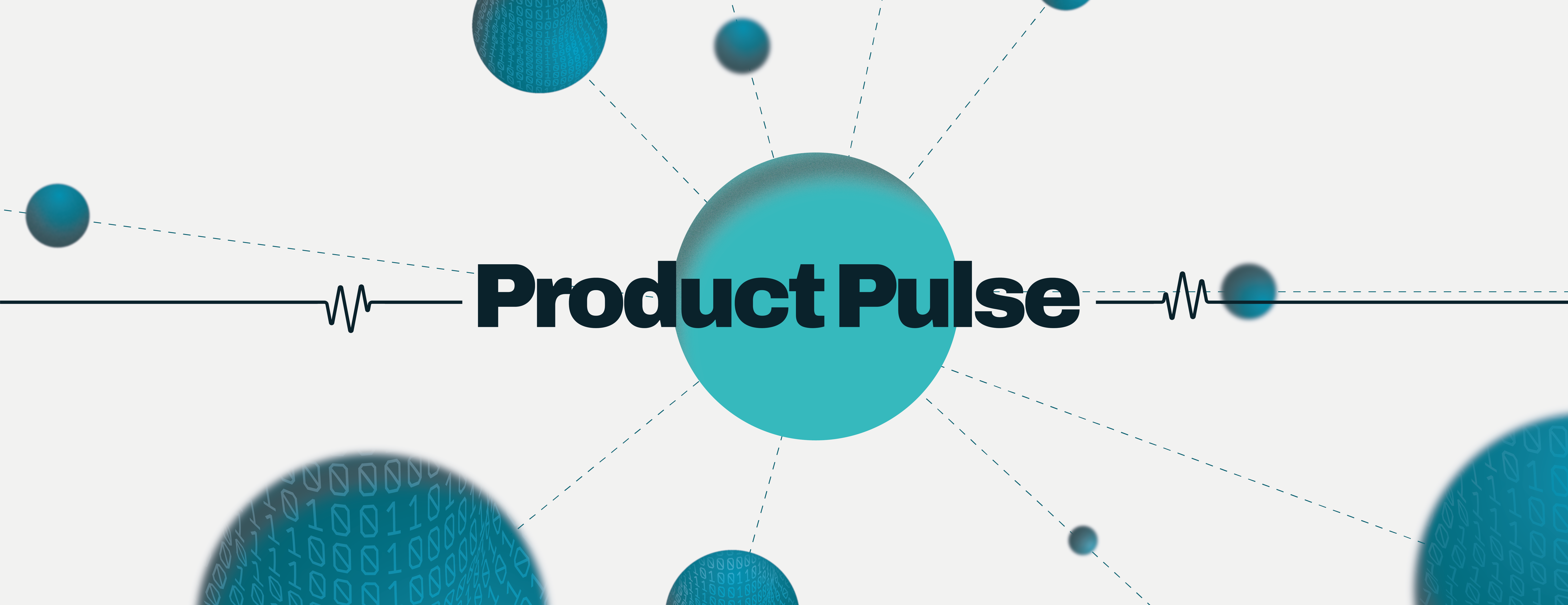The role of jobs-as-code in building automation fabrics

Enterprises today are experiencing a tech landscape that is exploding in apps, cloud, AI, containerization and data. These trends are creating a tidal wave of information and complex processes spanning across vast set of systems. Automation fabrics that can reliably handle this n-dimensional complexity are critical to running business operations today. This is the only way to unleash human potential and unlock new possibilities.
Redwood defines an automation fabric as an integrated system that seamlessly connects applications, processes and data, driving mission-critical business outcomes. An automation fabric acts as a central nervous system enabling seamless communication among disparate business activities, applications and environments driving mission-critical outcomes across any tech stack.
Jobs-as-code (JaC) help create and operate automation fabrics that are efficient, reliable, and adaptable. It treats automation workflows as code, bringing the benefits of version control, testing, and collaboration to the world of enterprise automation.
What is jobs-as-code (JaC)?
Traditionally, operations teams often siloed and managed automation tasks separate from development. Jobs-as-code breaks down these barriers by allowing automation logic to be defined in code and accessible in familiar programming languages in a developer’s IDE of choice. This code can then be stored in version control systems like Git, alongside the application code itself.
Jobs-as-code plays a crucial role in the development of automation fabrics. Imagine an automation fabric as a flexible, interconnected network that automates various tasks across your IT infrastructure. JaC acts as the building blocks for this fabric, providing a standardized and code-driven approach to automation.
How JaC contributes to automation fabrics
Standardization and reusability
- Because JaC defines automation tasks in a consistent manner using code, standardization is created across different automation needs, fostering the reusability of code components. These reusable components can then be easily integrated into various workflows within the automation fabric.
Interconnectivity
- JaC workflows can be triggered by events or outputs from other JaC workflows. This enables seamless communication and coordination between different automation tasks within the fabric. Imagine a data pipeline JaC workflow triggering an application deployment JaC workflow upon successful data processing.
Version control and collaboration
- By treating automation as code, JaC allows for version control and collaboration. This ensures all teams involved (development and operations) work with the same, well-defined automation logic. A collaborative approach is essential for building and maintaining a complex automation fabric.
Scalability and agility
- JaC workflows are easily scalable. As your automation needs grow, you can modify and expand existing JaC code to accommodate new tasks within the fabric. Additionally, JaC facilitates rapid changes to workflows through code updates, making the automation fabric more agile.
Benefits of JaC for automation fabrics
- Simplified fabric creation: JaC streamlines the development and deployment of automation fabrics by providing standardized building blocks.
- Improved reliability: Version control and testing capabilities of JaC lead to more reliable and predictable automation processes within the fabric.
- Enhanced maintainability: JaC code can be easily documented and maintained, making the overall automation fabric easier to manage and troubleshoot.
Redwood can help you leverage JaC in building/operating automation fabrics
With Redwood, developers can author jobs in their IDE environment, and use APIs to run and manage their automation fabrics. They can also streamline their CI/CD process by leveraging repository tools like Github to manage versioning and change control to roll out and keep on top of process changes.
Conclusion
JaC serves as the foundation for building robust and efficient automation fabrics. By providing a standardized, code-driven approach to automation, JaC unlocks the full potential of automation fabrics, enabling enterprises to achieve a high degree of automation across their IT infrastructure. Redwood enables the use of JaC to build and maintain mission-critical, reliable automation fabrics.
About The Author

Abhijit Kakhandiki
Abhijit is the Chief Product Officer for Redwood Software. He is a seasoned executive with a proven track record in driving new product development, go-to-market, and improved product P&L performance. Abhijit has held Chief Product Officer (CPO) roles for both private and public companies, leading products and engineering initiatives. He has helped numerous companies navigate through successful digital transformations, including leading LiveRamp through the sea-change in AdTech, driving the cloud transformation for Autodesk, directing the Oracle team through a next generation Innovation Management Initiative, and steering product management and strategy for Product Lifecycle Management and Analytics applications at Agile Software.